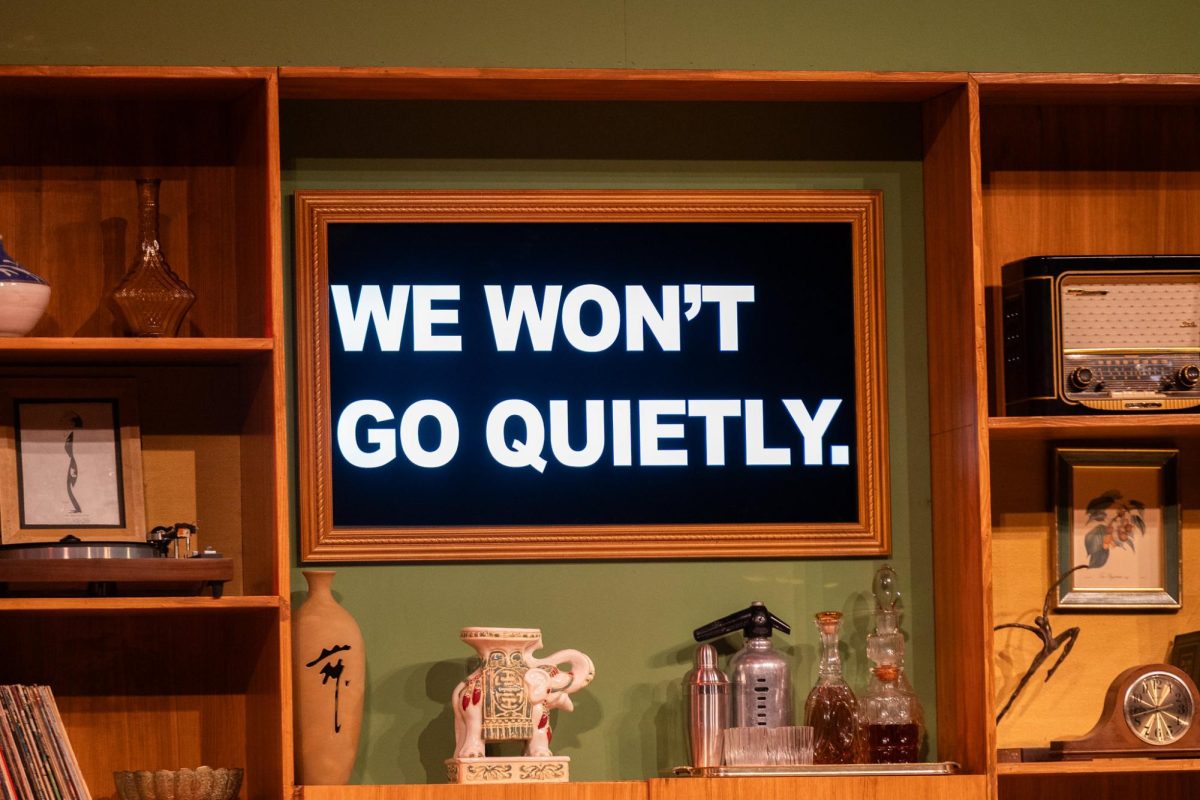facebook.com
It’s been four long years since the release of the first critically acclaimed “Dishonored” game, making things look bleak for fans of the action/stealth franchise. But Friday delivered the long awaited sequel in a well-conceived, steadily improved upon follow-up to the intriguing story that unfolds within the shadowy realm of Dunwall.
“Dishonored 2” picks up 15 years after the conclusion of the first installment. The player has the choice to play as either Emily Kaldwin, now empress and new to the throne after the murder and usurpation of her mother, or Emily’s father and protagonist of the previous game Corvo Attano. The decision does little to change the gameplay experience outside of a few character interactions and perspective rewrites, but it’s nice to have it included. It’s a minor detail, one the developers could have left out and let the player take the reins of Emily. But it’s an appreciated effort to include the chance to revisit the familiar brooding badass that is Corvo.
Paying attention to the little things is what “Dishonored 2” does best. All the nooks and crannies of each European-influenced mission setting has some semblance of discovery etched into it. From safe combinations to interactive concept art you can scrap at the local black market, the game rewards those who take on a slower pace to fully take in the world around them. However, the most enjoyable part of the game is the ambidextrous approach the player has to mold his or her gameplay experience. The stealth mechanics introduced in the first game have been almost completely fleshed out. Mobility powers and movement are fluid and fun as hell, despite the few occasions when the player will inevitably snag themselves on a misrepresented ledge or fail the sometimes finicky tether line from the Far Reach power. A few hiccups to an otherwise fine-tuned set of abilities.
The alternative to the slow and methodical stealth approach is the gung-ho, raucous combat system the players have at their disposal to slit the throats of their evasive targets or to shred apart those who oppose them in a fiery plume of razory shrapnel splendor.
If there were a weak point in the experience, it would be that the main story of the game doesn’t seem as refined as the gameplay. At times, the dialogue is cheap and dull, the characters seem uninterested and transitions between set pieces can be jarring through inconsistent transportation and dips in framerate when the game tries to take on more scenery than it can chew. These issues give off a sense that the narrative was back-lined to make room for the perfecting how the game played.
It’s upsetting, because it’s these blips of imperfection that choke the immersion of the game when it otherwise does so well to engage its audience. If this had been most of the titles released this last quarter, those criticisms would be more detrimental to the overall score, but “Dishonored 2” deserves so much more than that. It vastly out values the sum of its parts—even the cruddy ones—by doubling down on its style and gameplay.
No, really. There are times, I promise you, where you will be strangling a guy or slitting some dude’s throat on the rooftop of some steampunk slum, you’ll pause as he draws his last breath and revel in the vibrant coastline of Karnaca or the Victorian-influenced glass and marble work of the Clockwork Mansion. “Dishonored 2” is a game that grants anyone sleight of hand, deep pockets and the sights only available to those who favor high rooftops and dark alleyways.



































